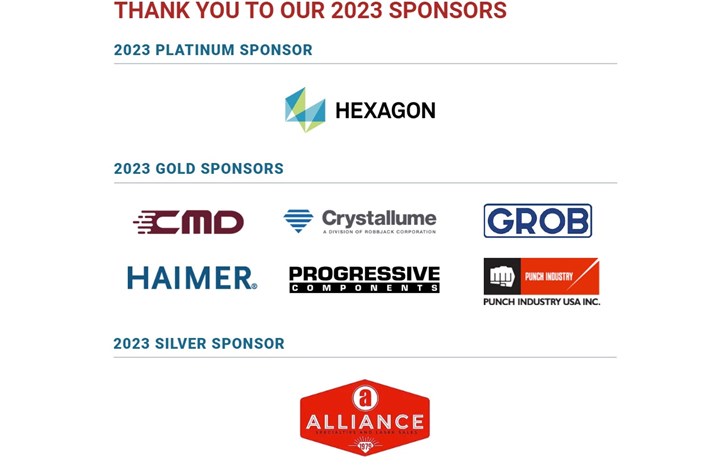Here are three MoldMaking Conference sessions you won’t want to miss:
Using Automation to Solve the "Productivity Puzzle"
-
Troy DeVlieger, President, PFAFF Molds
Automation helps to achieve faster production rates, reduce scrap rates, improve product quality, decrease costs and speed error proofing. While the initial investment may seem daunting, it can lead to significant reductions in labor and a rewarding payback over time. The key is developing the appropriate system with an ROI that is financially digestible within a reasonable timeframe. This presentation will take a deep dive into the system PFAFF Molds developed and share a case study that illustrates the real benefits of an automated system. This session will also introduce a new digital product with PFAFF's online training platform that will help train employees and customers on this new technology.
Featured Content
Choosing Between a "Lights Out" or "Unmanned" Automation Strategy
-
Rhonda Lustenberger, President; Louie Fields, Director of Operational Efficiency, Decatur Mold Tool and Engineering
Decatur Molds' vision for growth over the next several years includes a new automated mold manufacturing area. This presentation will review common myths associated with adding automation to mold manufacturing (e.g., "100% unmanned operation is possible" and "automation replaces people and eliminates jobs"), define the differences between unmanned machining and lights out machining and explain the impact of these differences on the decision-making process when investing in and employing automation. Presenters will share how investing in the right automation strategy forced forward thinking in all aspects of the business from estimating to final assembly and continues to advance careers by eliminating remedial tasks freeing up time for employees to become technical experts.
A Three-Phased Approach to Automation
-
Tim Galbraith, General Manager, Cavalier Tool & Manufacturing
A decade ago, Cavalier Tool was spending over $1,000,000 annually on tool components in China – not full builds, just components. President Brian Bendig decided to explore options to repatriate that work. Accomplishing this meant taking labor out of the product – manufacturing that product as quickly and efficiently as possible to get the cost of that domestically manufacture product low enough to allow Cavalier to compete. This change required a good process and proper infrastructure. Cavalier's five-axis machining experience already helped the team drill down with tooling, cutting strategies, work holding and scheduling to establish a good system for larger workpieces. This is the knowledge foundation of the shop's future automation. This presentation will describe three iterations of Cavalier's automation strategy that led to a multi machine, robotically-attended hands-off cell:
- Phase 1 – stand-alone five-axis machine with three-station pallet shuttle.
- Phase 2 – duplicate machine but serviced by a 17-pallet library with a robot interface.
- Phase 3 – 3 x 5-axis machines serviced by a Kuka robot with 200 pallet library.
Also discussed will be the process for spec'ing the components, the benefits of working closely with the integrator and a list of the wins and losses along the way.
Use Promo Code: CHRISTINA to get 20% off your registration!

RELATED CONTENT
-
A Passion for Innovation in High-Precision, Multi-Cavity Moldmaking
Boucherie uses its dedicated R&D facility to develop new mold, machinery and automation technologies to stay ahead of the competition.
-
CAM Automation, Hot Runners, Asset Management & More: The Best of August
What does CAM automation, hot runners, and simulation software all have in common? They are all topics that made it into our top ten most-viewed content pieces in August.
-
MMT Chat: Key Principles of an Automated System
PFAFF Molds develops its automated systems to address key customer pain points – such as high worker turnover, rising costs, volume fluctuation and sustainability.














